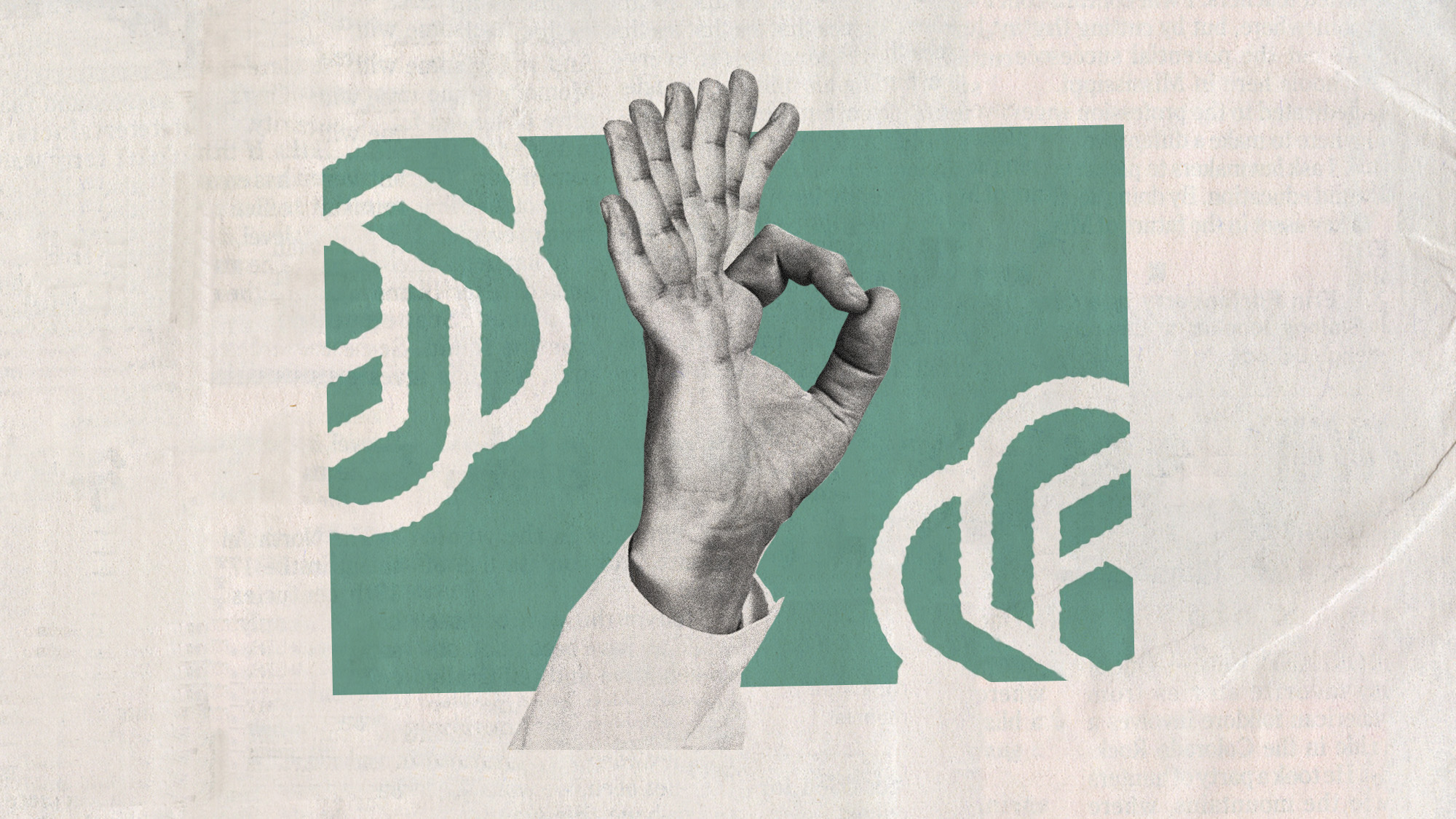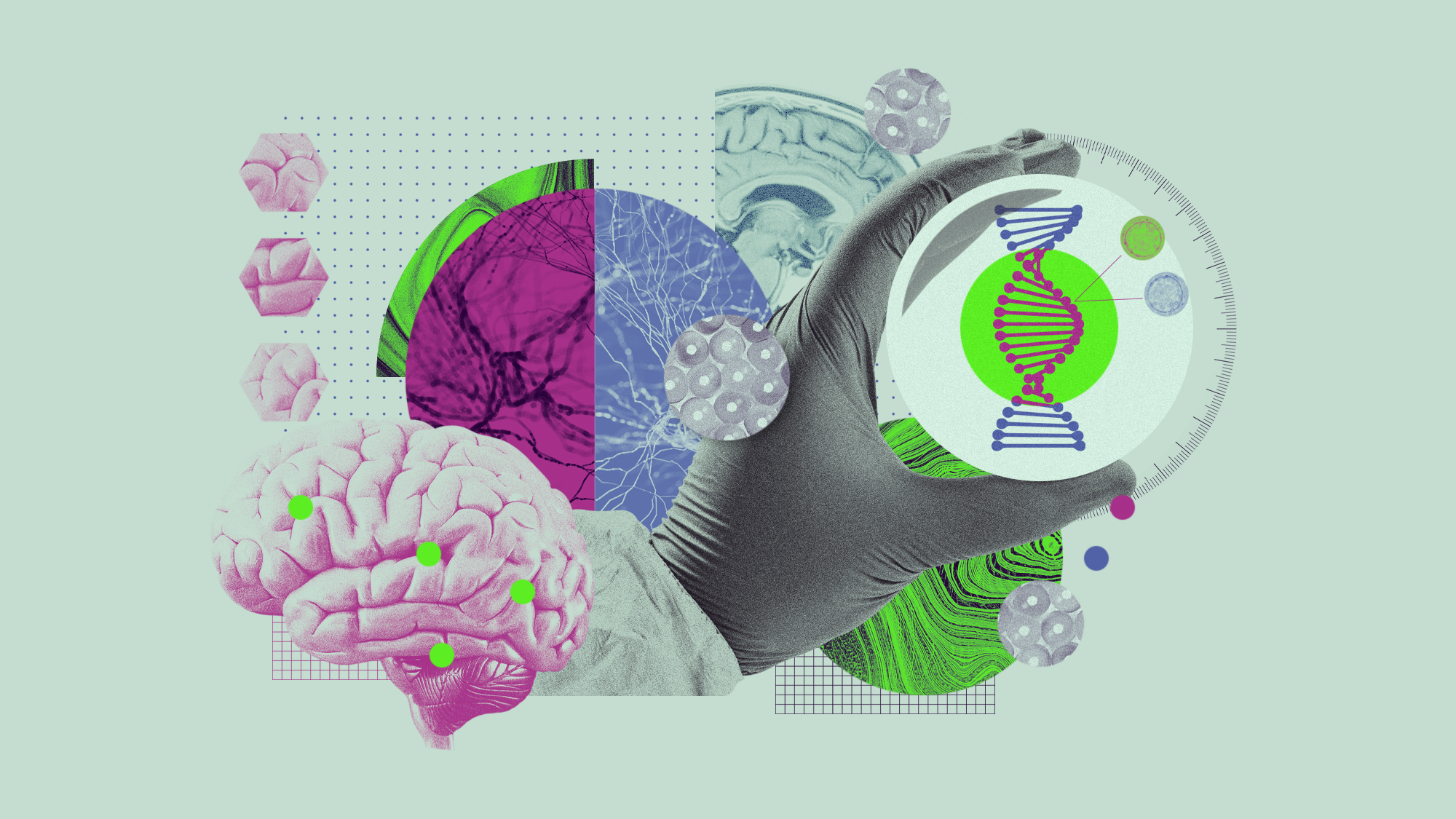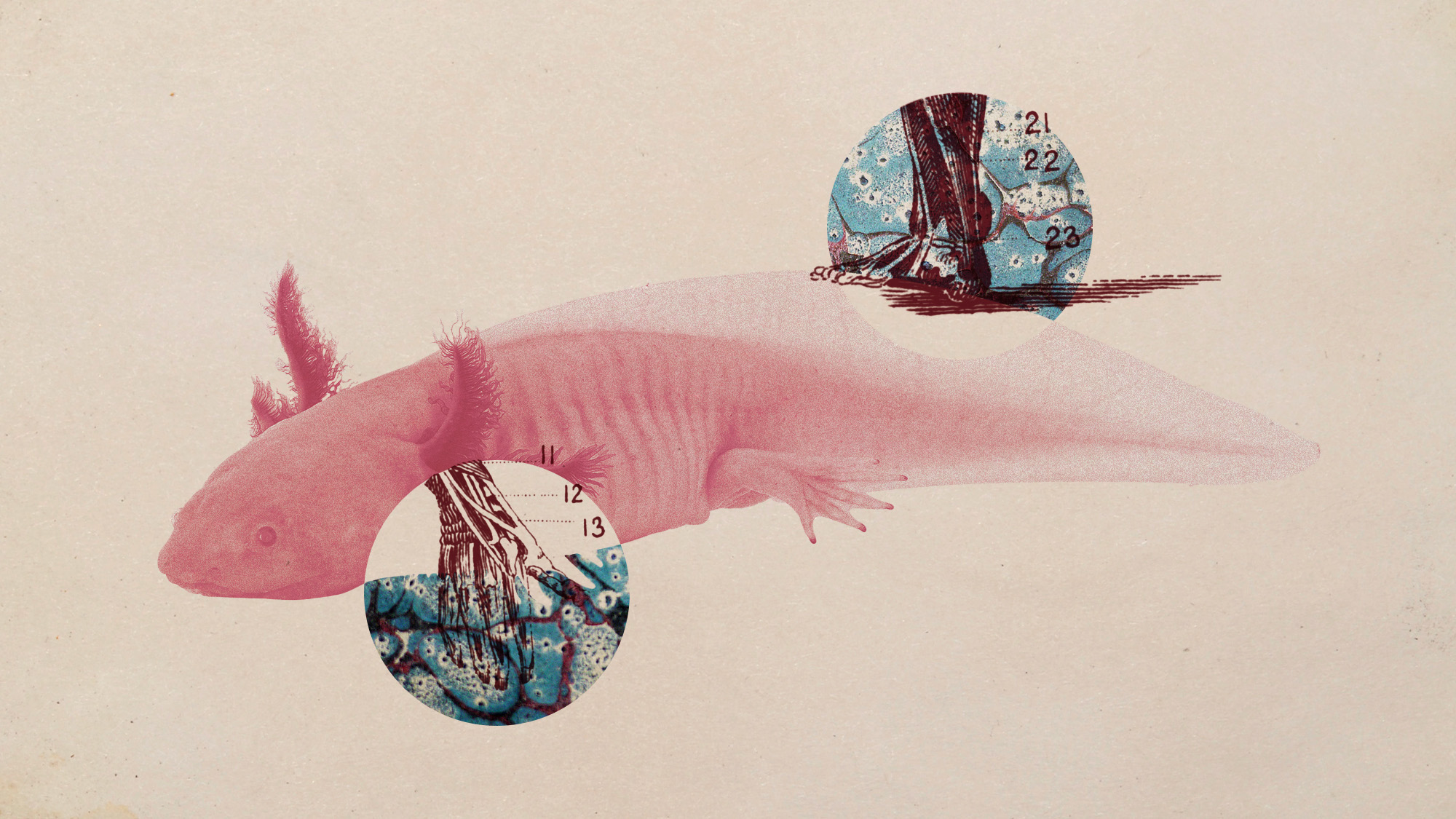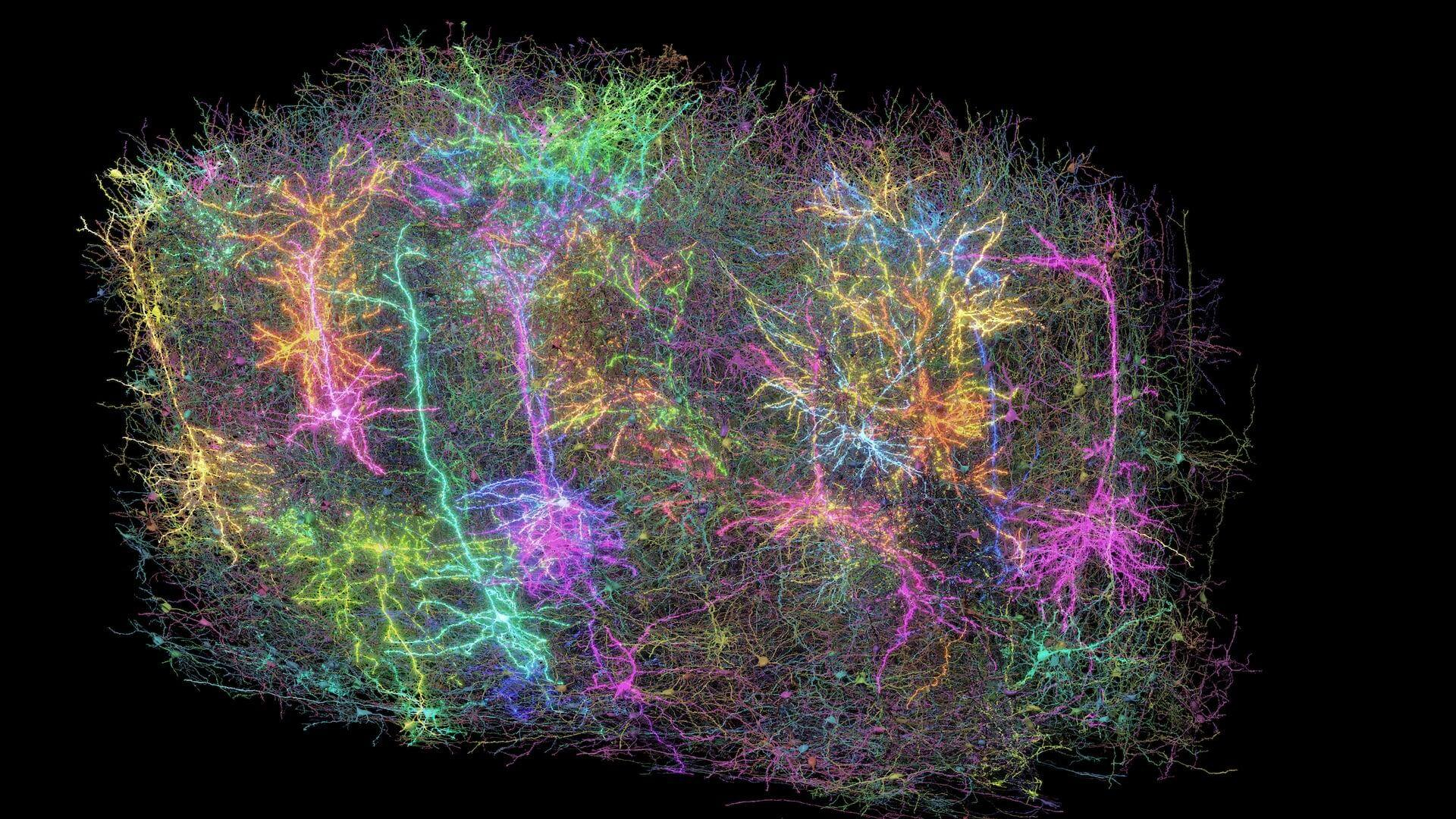Health & Science
The mirror as a window on the heart; Spotting the first starlight; The pain of math; Learning to lose weight
The mirror as a window on the heart
Appearances aren’t always deceiving: People who look older than others their age are more likely to have heart problems that can shorten their lives. Danish researchers tracked the health and physical appearance of 11,000 people age 40 and older over the course of 35 years. They found cardiovascular problems to be more prevalent among those who had at least one of four signs of aging—receding hairline at the temples, baldness at the crown of the head, creases in the earlobes, or yellow, fatty deposits around the eyes. People with three of the markers were 57 percent more likely to have a heart attack and 39 percent more likely to have heart disease—even if they had no conventional heart-disease risk factors, such as excessive weight, high cholesterol, elevated blood pressure, or a family history of heart disease. The heart-disease risk was even greater for people over 70 who looked older than others their age. The findings “should give clinicians greater incentive to treat patients who show these physical signs,” Anne Tybjaerg-Hansen of the University of Copenhagen tells ABCNews.com. Researchers aren’t sure what links those four aging markers with heart disease. Other common signs of aging, such as wrinkles and graying hair, don’t appear to have a significant correlation with heart health.
Spotting the first starlight
The Week
Escape your echo chamber. Get the facts behind the news, plus analysis from multiple perspectives.

Sign up for The Week's Free Newsletters
From our morning news briefing to a weekly Good News Newsletter, get the best of The Week delivered directly to your inbox.
From our morning news briefing to a weekly Good News Newsletter, get the best of The Week delivered directly to your inbox.
Astronomers have detected light emitted by the first stars in the universe. The light from all the stars that ever shone travels through the universe forever, creating a “cosmic fog” called extragalactic background light. Changes in that light over time present a record of the universe’s development, but the glare from our own galaxy has long hampered efforts to measure it. Now researchers have been able to do so by using a special gamma-ray telescope to study bright, distant galaxies called blazars. “They are like lighthouses farther and farther away from us,” Berkeley astrophysicist Marco Ajello tells The New York Times, “and from them we are able to measure the amount of starlight in different epochs.” That includes light from extinct stars, he says, that “were probably the very first objects to form in our universe,” emerging less than 500 million years after the big bang. The early universe appears to have held less than 1 percent of the number of stars it does today, but Ajello says they were hydrogen behemoths hundreds of times more massive than our sun—“hotter, brighter, and more short-lived.”
The pain of math
Difficulties with math, from balancing a checkbook to tallying a tip, can cause some people to feel genuine pain. That’s the finding of a new study that examined the brains of people with high levels of math anxiety as they performed algebra problems. While the volunteers waited to receive each question, a region of the brain involved in processing physical pain became especially active. That region, the dorso-posterior insula, is part of the “evolutionarily ancient pain system” that triggers the hurt we feel, for instance, “when we burn our hands on the stove,” University of Chicago psychologist Sian Beilock tells NBCNews.com. The same region also appears to register intense emotional anguish, like the feelings surrounding a bad breakup. Among those who fear math, the region lights up when they merely think about the subject, causing them to feel similar distress—a sensation that is bound to reinforce their math anxieties. But surprisingly, the dorso-posterior insula became active only while volunteers waited to receive their next problem—not while they were actually doing it. “It is not that math itself hurts,” Beilock and her colleagues reason. “Rather, merely the anticipation of math is painful.”
Learning to lose weight
A free daily email with the biggest news stories of the day – and the best features from TheWeek.com
Practicing weight-watching skills before you start a diet may be the key to keeping weight off for good. A new Stanford University study suggests that learning how to maintain your current weight—without trying to shed pounds—helps prevent you from gaining back lost pounds later. Researchers put more than 250 overweight women into two groups. In one, women began dieting right away by eating healthier foods and exercising. In the other, women were asked not to lose any weight, but merely to spend eight weeks working on weight-maintenance skills, such as weighing themselves daily and being mindful of portion sizes and calorie intake. That “practice run” allowed the women to “work out the kinks” involved in maintaining a regular weight “without the pressure of worrying about how much weight they had lost,” study author Michaela Kiernan tells ScienceDaily.com. After eight weeks, they launched into the same diet program as the other group, and shed roughly the same number of pounds. But in the year following their diet, they regained only half the weight that the traditional dieters did.
-
 Biggest political break-ups and make-ups of 2025
Biggest political break-ups and make-ups of 2025The Explainer From Trump and Musk to the UK and the EU, Christmas wouldn’t be Christmas without a round-up of the year’s relationship drama
-
 Why 2025 was a pivotal year for AI
Why 2025 was a pivotal year for AITalking Point The ‘hype’ and ‘hopes’ around artificial intelligence are ‘like nothing the world has seen before’
-
 The best drama TV series of 2025
The best drama TV series of 2025the week recommends From the horrors of death to the hive-mind apocalypse, TV is far from out of great ideas
-
 5 recent breakthroughs in biology
5 recent breakthroughs in biologyIn depth From ancient bacteria, to modern cures, to future research
-
 Bacteria can turn plastic waste into a painkiller
Bacteria can turn plastic waste into a painkillerUnder the radar The process could be a solution to plastic pollution
-
 Scientists want to regrow human limbs. Salamanders could lead the way.
Scientists want to regrow human limbs. Salamanders could lead the way.Under the radar Humans may already have the genetic mechanism necessary
-
 Is the world losing scientific innovation?
Is the world losing scientific innovation?Today's big question New research seems to be less exciting
-
 Breakthrough gene-editing treatment saves baby
Breakthrough gene-editing treatment saves babyspeed read KJ Muldoon was healed from a rare genetic condition
-
 Humans heal much slower than other mammals
Humans heal much slower than other mammalsSpeed Read Slower healing may have been an evolutionary trade-off when we shed fur for sweat glands
-
 Scientists map miles of wiring in mouse brain
Scientists map miles of wiring in mouse brainSpeed Read Researchers have created the 'largest and most detailed wiring diagram of a mammalian brain to date,' said Nature
-
 Scientists genetically revive extinct 'dire wolves'
Scientists genetically revive extinct 'dire wolves'Speed Read A 'de-extinction' company has revived the species made popular by HBO's 'Game of Thrones'